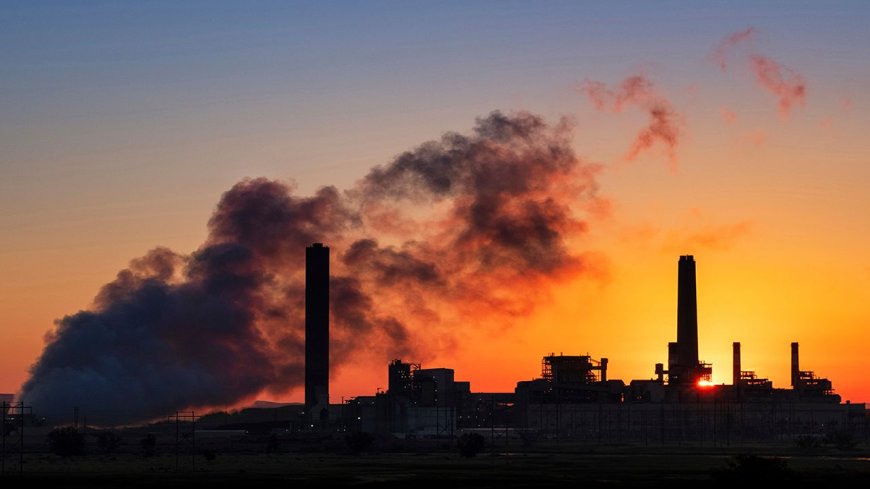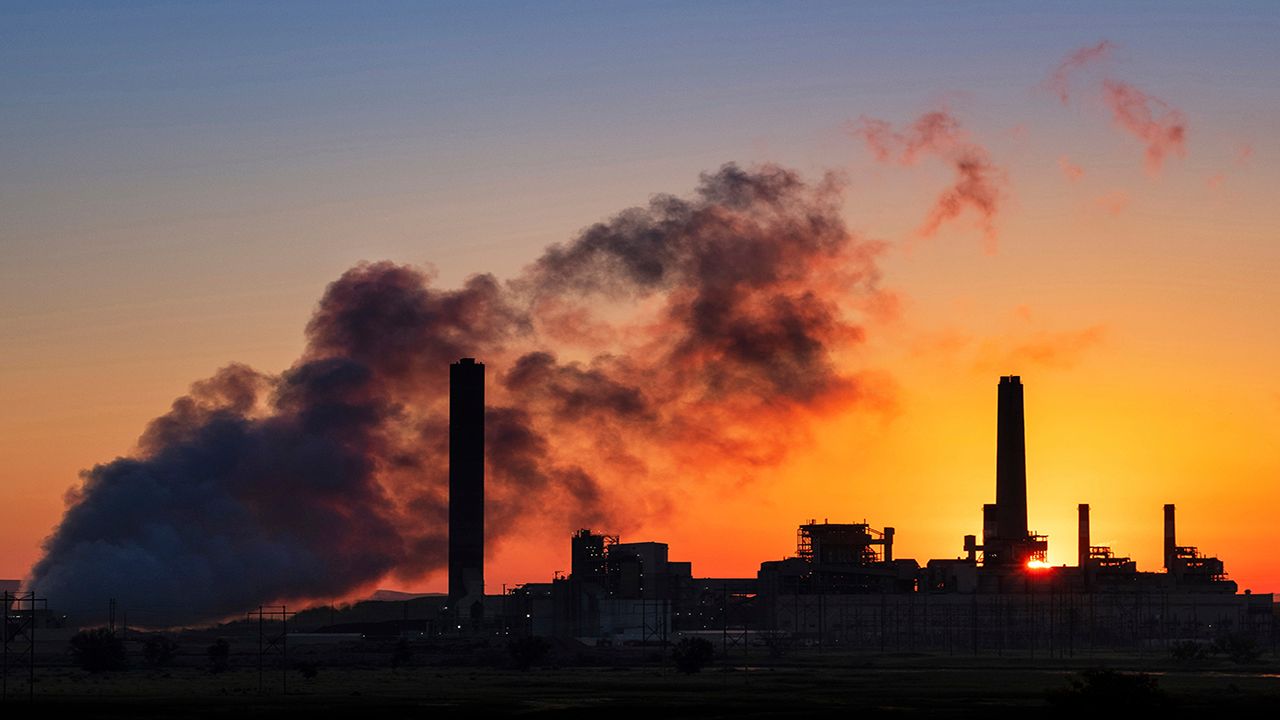Alternative energy advocates battle National Fuel over NY HEAT Act
Alternative energy advocates battle National Fuel over NY HEAT Act Spectrum News

Advocacy Groups Challenge National Fuel’s Lobbying Influence in New York

The Better Buildings NY Coalition is running digital advertisements in Buffalo to raise awareness about National Fuel’s opposition to the NY HEAT Act. This legislation aims to align the state with its greenhouse gas emission reduction targets by eliminating ratepayer-subsidized incentives for fossil fuel infrastructure expansion, promoting alternative energy options, and ensuring affordable bills for low-to-moderate income customers.
National Fuel’s Interests in Maintaining the Status Quo
The coalition argues that National Fuel has a vested interest in preserving the use of fracked gas, as it is involved in both gas delivery and fracking operations. Jessica Azulay, Executive Director of the Alliance for a Green Economy, states that National Fuel is actively working against the legislation to protect its product sales.
Influence through Political Contributions
According to data from Spring Street Climate Fund, National Fuel has significantly increased its campaign contributions to candidates since the introduction of the NY HEAT Act. Most of these contributions are directed towards lawmakers representing Western New York, where the company’s customer base is located. Notably, only three lawmakers from the region did not receive money from the National Fuel PAC over the past two years.
Concerns about Political Influence in Western New York
The Alliance for a Green Economy expresses concern about National Fuel’s political influence in Western New York and its potential impact on the conversation surrounding the NY HEAT Act. While the majority of Assembly members from across the state support the legislation, there is a notable drop in support from lawmakers in National Fuel’s territory.
Potential Benefits of the NY HEAT Act
The coalition highlights a study showing that one in four New Yorkers faces an energy burden exceeding 6% of their income. If the NY HEAT Act is passed, these customers could save an average of $136. The coalition urges lawmakers to include the bill in the budget.
National Fuel’s Perspective
National Fuel argues that weather patterns in different regions of New York State vary significantly, and policies that discourage the use of natural gas may impose additional burdens on colder climate areas. The company emphasizes that a practical and cost-effective electric network capable of meeting the heating demands of Western New York is currently not feasible.
SDGs, Targets, and Indicators Analysis
1. Which SDGs are addressed or connected to the issues highlighted in the article?
- SDG 7: Affordable and Clean Energy
- SDG 13: Climate Action
- SDG 17: Partnerships for the Goals
The article discusses the transition to alternative energy sources, greenhouse gas emission reduction targets, and the influence of lobbying on legislation related to carbon-based fossil fuels. These issues are directly connected to SDG 7 (Affordable and Clean Energy) and SDG 13 (Climate Action). Additionally, the involvement of advocacy groups and utility companies in influencing legislation highlights the importance of partnerships and collaborations, aligning with SDG 17 (Partnerships for the Goals).
2. What specific targets under those SDGs can be identified based on the article’s content?
- SDG 7.2: Increase the share of renewable energy in the global energy mix.
- SDG 13.2: Integrate climate change measures into national policies, strategies, and planning.
- SDG 17.16: Enhance the global partnership for sustainable development.
The article emphasizes the need to transition to alternative energy sources and reduce greenhouse gas emissions, which aligns with SDG 7.2. The proposed legislation, NY HEAT Act, aims to integrate climate change measures into state policies and strategies, reflecting SDG 13.2. The involvement of advocacy groups and utility companies in lobbying efforts highlights the importance of enhancing partnerships for sustainable development, corresponding to SDG 17.16.
3. Are there any indicators mentioned or implied in the article that can be used to measure progress towards the identified targets?
- Percentage of renewable energy in the energy mix
- Reduction in greenhouse gas emissions
- Level of collaboration and partnerships between advocacy groups, utility companies, and lawmakers
The article does not explicitly mention specific indicators. However, the identified targets can be measured using indicators such as the percentage of renewable energy in the energy mix, which reflects progress towards SDG 7.2. Reduction in greenhouse gas emissions can be measured to track progress towards SDG 13.2. The level of collaboration and partnerships between advocacy groups, utility companies, and lawmakers can be assessed to measure progress towards SDG 17.16.
4. Table: SDGs, Targets, and Indicators
| SDGs | Targets | Indicators |
|---|---|---|
| SDG 7: Affordable and Clean Energy | Increase the share of renewable energy in the global energy mix (7.2) | Percentage of renewable energy in the energy mix |
| SDG 13: Climate Action | Integrate climate change measures into national policies, strategies, and planning (13.2) | Reduction in greenhouse gas emissions |
| SDG 17: Partnerships for the Goals | Enhance the global partnership for sustainable development (17.16) | Level of collaboration and partnerships between advocacy groups, utility companies, and lawmakers |
Behold! This splendid article springs forth from the wellspring of knowledge, shaped by a wondrous proprietary AI technology that delved into a vast ocean of data, illuminating the path towards the Sustainable Development Goals. Remember that all rights are reserved by SDG Investors LLC, empowering us to champion progress together.
Source: spectrumlocalnews.com

Join us, as fellow seekers of change, on a transformative journey at https://sdgtalks.ai/welcome, where you can become a member and actively contribute to shaping a brighter future.







